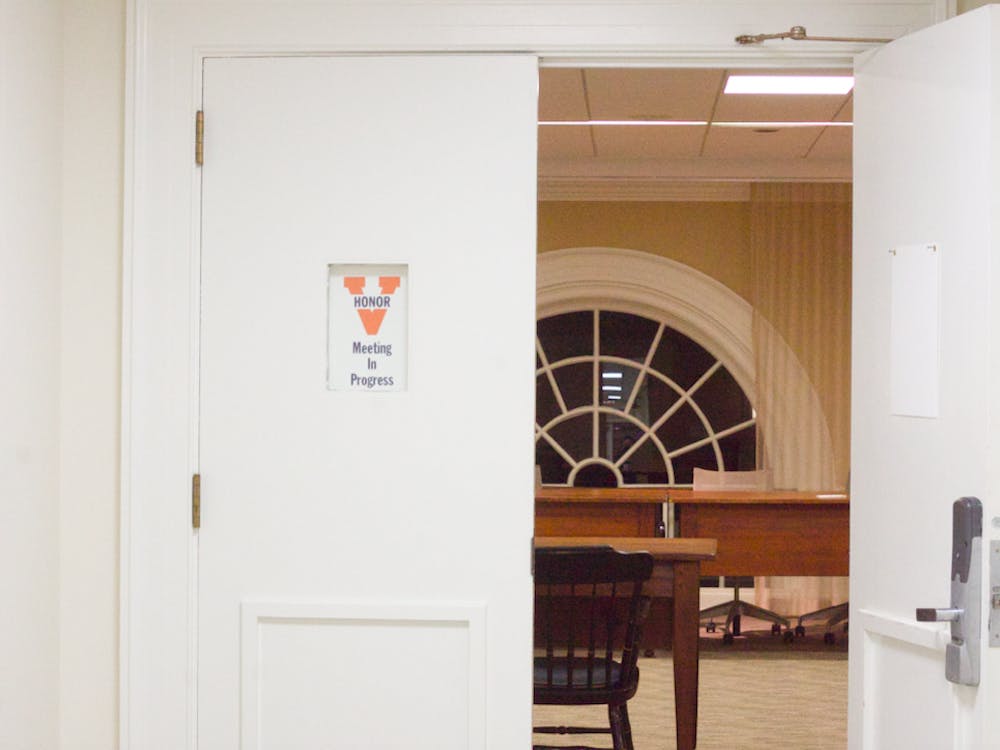Last week the Marine Corps published a study reporting that all-male ground combat units outperformed units that included females. Teams in the study were either all-male or gender-integrated. All teams were given a series of tasks (134 in total), and researchers found the all-male teams did better in 69 percent of tasks, while the groups including females did better on only two of the tasks.
The publication of this study comes just a month before the deadline for military services to request any exceptions regarding the new order taking effect next year that all specialties in all branches of the military be opened to women. The Marine Corps has not yet announced whether it will request to have any positions restricted to males.
There is no legitimate basis for barring women entirely from any position in the Marine Corps (or any military branch). The Commandant of the Marine Corps and his colleagues should give serious thought to the methods and results of this study when considering whether to keep any Marine Corps positions available only to men. The study was focused on group outcomes, with no discussion of individual performance. In a study about how military groups function, it is important to consider group dynamics as much as physical ability. In reading this study, I found myself wondering if gender-integrated groups might struggle to perform well due to communication issues or some reluctance on the part of male group members whose positions are about to be opened up to female candidates, as well. I also wondered about the possibility of confirmation bias in the study. It seems odd that a study about the effectiveness of different gender groups would include all-male groups, gender-integrated groups, but no all-female groups.
In 1951, military officials conducted another study comparing the effectiveness of different combat groups. This time it was a question of race. Researchers compared the performance of segregated units to that of integrated units. They eventually concluded that black soldiers performed just as well as white soldiers, leaving no disadvantage to integrated units. The major difference between the 1951 study and the one conducted last week is that the 1951 researchers treated the soldiers’ attitudes and prejudices as important factors in the study. They questioned white soldiers about their views on race and integration to ensure that the performance of black soldiers was not being hindered by racism from their peers. Of course, racial integration is a very different issue from gender integration, but restricting an entire gender from military positions is as ludicrous as segregating infantry units. What the 1951 study shows by comparison is a glaring error on the part of the researchers in this recent study. The racial integration study acknowledged that prejudice and discrimination among individuals would be a factor in a soldier’s ability to perform. There is no mention of that possibility in the gender integration study. Did it just not occur to the researchers in charge, or do they not consider the way women are viewed and treated in the military a relevant issue?
There is no question that life for a woman in the military is not easy — one need only look to the statistic that one in four women in the military will be sexually assaulted at some point in their careers to get a sense of the current situation. Furthermore, the fact that in 2015 we are just now allowing qualified women into many military positions (a decision that was not reached without lengthy debate) speaks to the serious lack of respect for females in the American military. I fail to see how a woman in the military can do her job effectively when the officials in charge are still questioning whether she can handle it.
This is not to say the study is without value or that gender should not be considered when choosing soldiers for ground combat units. Biologically speaking, men tend to be more physically able than women. Of course it is important to ensure that our military will remain effective with the new gender integration order. But if the physical differences are the main concern, that can be easily remedied with gender-neutral standards: requirements for weights to lift, distances to run, or conditions to endure, regardless of gender. I imagine more men than women would be able to meet these standards, but it foregoes the assumption that women as as a group simply cannot do it. This would ensure that physically able women are not barred from the more demanding positions. Beyond the physical demands, there is no reason to keep women out of the Marine Corps or any military position. And if communication or willingness to work with female team members is factor, that’s a problem that won’t be fixed by keeping women out.
Nora Walls is an Opinion columnist for The Cavalier Daily. She can be reached at n.walls@cavalierdaily.com.





